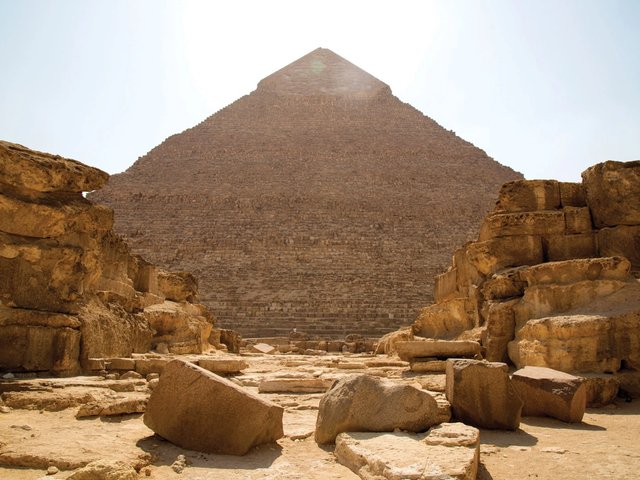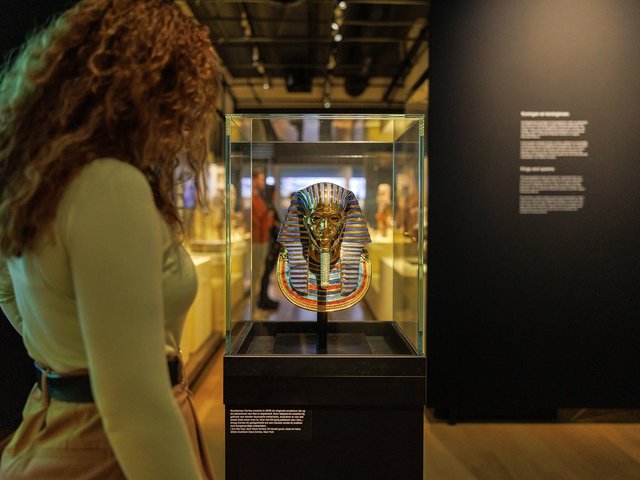Images of Beyoncé, Rihanna, Eddie Murphy and rapper Nas imitating ancient Egyptian queens and pharaohs have been seen millions of times around the world. But Egypt’s ministry of antiquities has now retracted a Dutch museum’s licence for an archaeological dig for displaying them in an exhibition on how ancient Egypt has influenced modern Black musicians.
Wim Weijland, the managing director of the National Museum of Antiquities in Leiden in the Netherlands called out “anti-Black sentiment”, after the Egyptian Ministry of Tourism and Antiquities wrote to his museum two weeks ago, accusing it of “falsifying history” and “Afrocentrism”.
“That is the reason to withdraw the permit for our dig in Saqqara, where we have been working for almost half a century,” he told The Art Newspaper. “Of course, the Egyptians have every right to stop a dig: it is their country, it is their heritage and we are guests there."
“But to couple this with an argument like falsifying history in an exhibition—when no Egyptian has come to see it—is rubbing salt in the wound. The reactions from Egypt are based on a few images, especially a mask of Tutankhamun with the face of the American musician Nas, which was on an album cover [almost] 25 years ago.”
The show Kemet: Egypt in hip hop, jazz, soul & funk, runs until September and looks at how primarily Black American musicians have been inspired by ancient Egyptian and Nubian ideas like spirituality, pride, power, and dress. It also explores the old Egyptian name for the country, Kemet—which means “the black” but was a reference to the fertile land along the Nile. However, it provoked some fierce criticism on social media and in Egypt.
Weijland said they frequently ran shows and events on the influence of ancient Egypt on modern subjects like Hollywood films, comic books and opera (such as the Gods of Egypt exhibition which ran from October 2018 to January 2019 and duets and arias from operas related to ancient Egypt, sung during the show Queens of the Nile from November 2016 to April 2017). “Now we have one on the fascination and inspiration ancient Egypt has for mainly American artists from the soul, rap and funk movement,” he said. “We did all the others from a relatively Eurocentric perspective: now we don’t have an Afrocentric perspective, but the perspective of mostly Black American musicians. For one reason or another, [people on social media] are uncomfortable with this, because of a belief that these people should not appropriate their culture. Of course, ultimately, it is to do with an anti-Black sentiment.”
He added that the dig, which began in 1975 and has been carried out with the Egyptian Museum in Turin and—in the past, the Egypt Exploration Society of London—was aimed at research, restoration and conservation.
The Egyptian Ministry of Tourism and Antiquities has not responded to requests for comment.
• Kemet: Egypt in hip hop, jazz, soul & funk, The Rijksmuseum van Oudheden, Leiden, until 3 September






